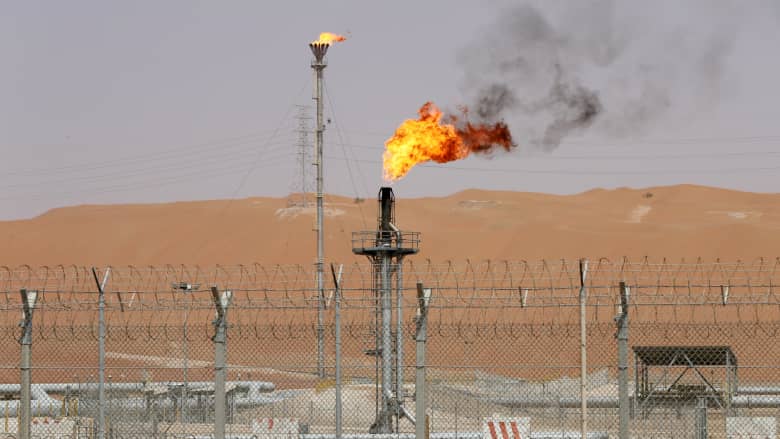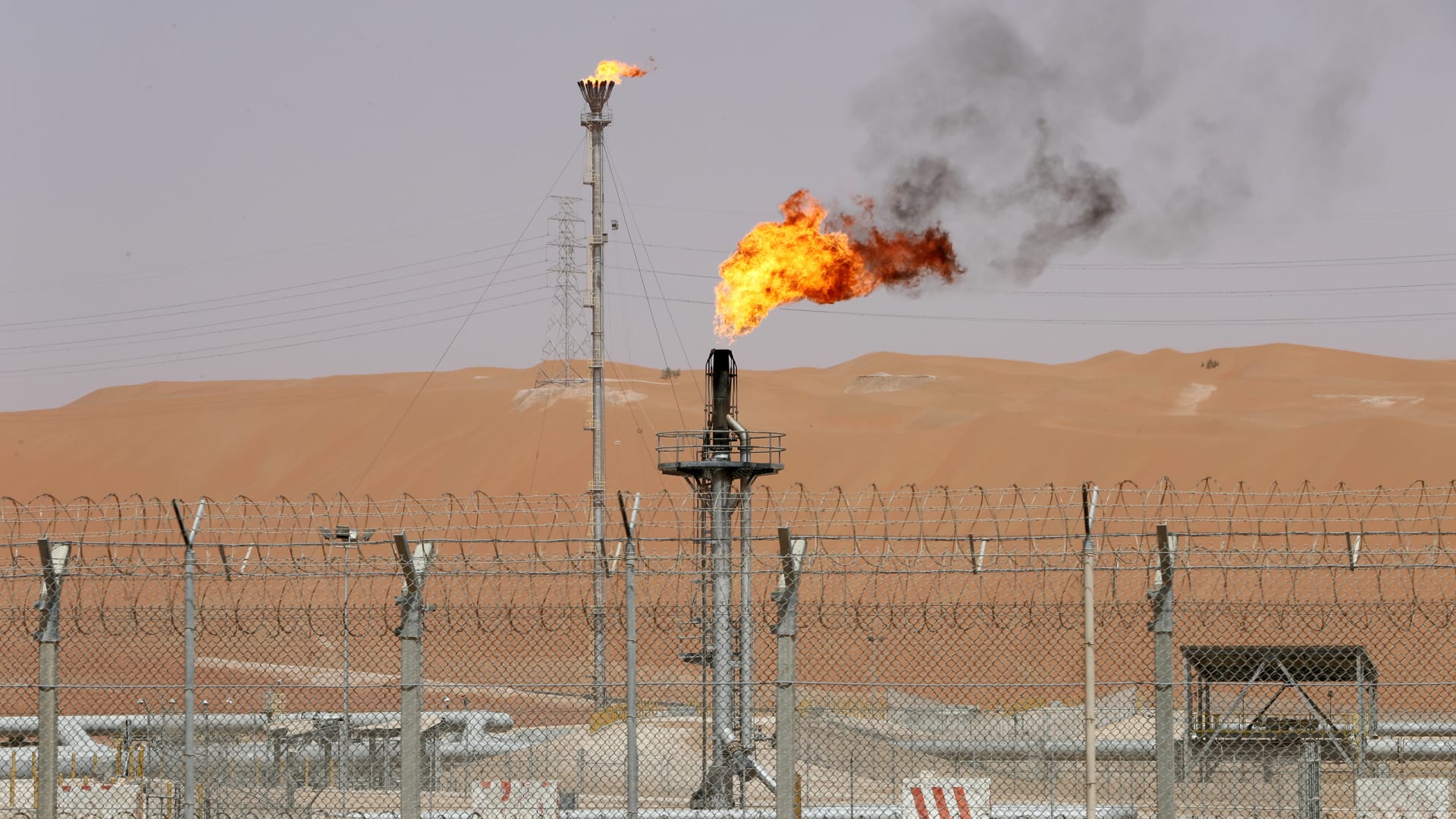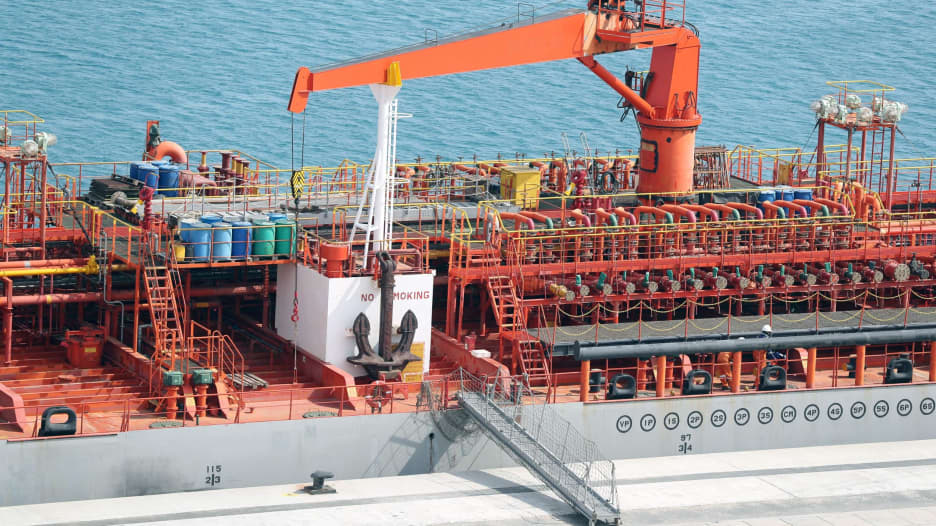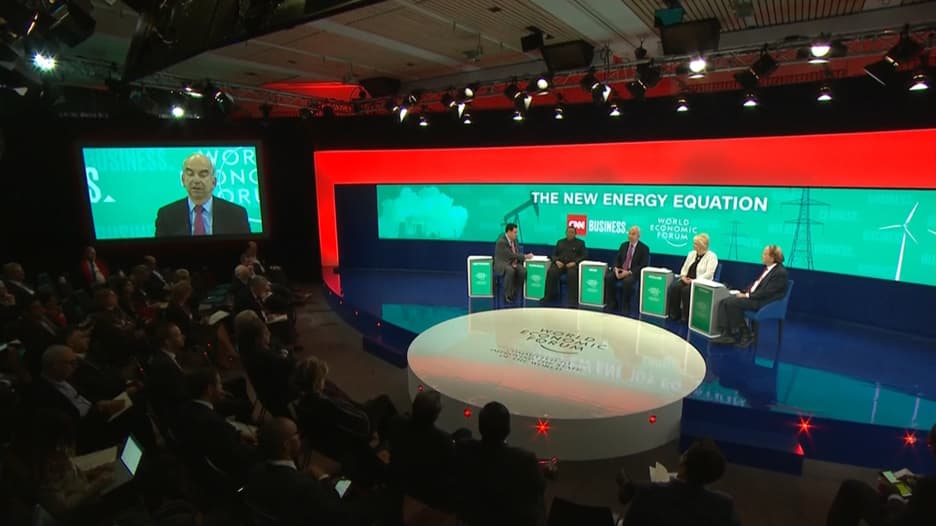(CNN)-- تُتّهم أوبك عادة باصطناع ارتفاع أسعار النفط ونهب المستهلكين، لكن على أرض الواقع فإن أوبك ليست بنفس القوة التي كانت عليها سابقاً.
هناك سببان لذلك: الأول هو أن ثورة التكسير الهيدروليكي في الولايات المتحدة في العقد الأخير جعلها أقل اعتماداً على منتجها. والثاني هو أن السعودية لم تستطع أن تتحكم بفاعلية بأعضاء أوبك.
ترمز أوبك إلى "منظمة الدول المصدرة للنفط" بالإنجليزية، ويتحكم أعضاؤها بقرابة 40٪ من إمدادات النفط في العالم، ومن المفترض أن يعملوا سوياً لتقرير كمية النفط التي سيتم إنتاجها. الأمر ببساطة يتعلق بالعرض والطلب. لرفع سعر النفط يتفق أعضاء أوبك على خفض الإنتاج، ولخفض السعر يزيدون الإنتاج.
لكن الأمر لا ينجح دائماً بهذه الطريقة، على الأقل ليس بعد الآن. إذ يقول أستاذ العلاقات الدولية بجامعة براون، جيف كولغان، إن أوبك "اكتسبت سمعتها بالسيطرة على سوق النفط العالمية في أزمة النفط عام 1973، وذلك لأن بعض أعضاء أوبك وضعوا حظراً على الولايات المتحدة".
لكن على طول الطريق فإن دول أوبك الأعضاء توقفوا عن الاستماع لقائد المجموعة الفعلي، السعودية. فالبلد الخليجية كان تحدد أهداف إنتاج النفط لباقي الأعضاء. غير أن الأعضاء الآخرين لم يمتثلوا لذلك دائماً.
وأشار كولغان إلى أنه "إذا انضم الأعضاء الآخرون إلى السعودية والتزموا فعلاً بحصة الإنتاج، فقد يتمكنوا من تغير أسعار النفط العالمية قليلاً، لكن المشكلة هي أن بعض أعضاء أوبك يملكون الدوافع للغش لأنهم ينتجون أقل بكثير، ولذا فإنهم يحتاجون إلى المال أكثر من حاجة السعودية إليه".
قوة أوبك كانت تتراجع لعقود، ثم أتت ثورة التكسير الهيدروليكي بأمريكا. فقبل عام 2008 استوردت الولايات المتحدة أغلب نفطها الخام، غير أن الابتكارات التقنية سمحت للشركات الأمريكية بالوصول إلى احتياطات كبيرة من النفط الصخري.
في العام الماضي أصبحت الولايات المتحدة أكبر منتج للنفط الخام في العالم، منحيّة كلاً من روسيا والسعودية. لكن هناك أمر يجب أخذه بعين الاعتبار.
إذ يقول مات إيغان، وهو كاتب رئيسي في CNN Business، إنه "لا يوجد شك بأن النفط الصخري أعاد تشكيل ساحة الطاقة الدولية، لكن لا يمكن لأمريكا أن تعيش على النفط الصخري لوحده، فهو خفيف حداً، ومنشآت التكرير الأمريكية تحتاج إلى دمج ذلك النفط الصخري الخفيف جداً مع النفط الخام الثقيل، والذي يوجد عادة عند أوبك".
وبهذا فإنه لا يمكن إقصاء أوبك بشكل تام، فقد لا تمتلك المنظمة نفس القوة التي كانت لديها في السبعينيات، لكنها لا تزال تلعب دوراً في هذه الساحة.






